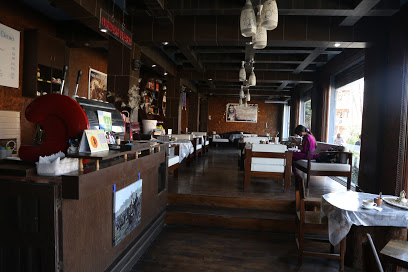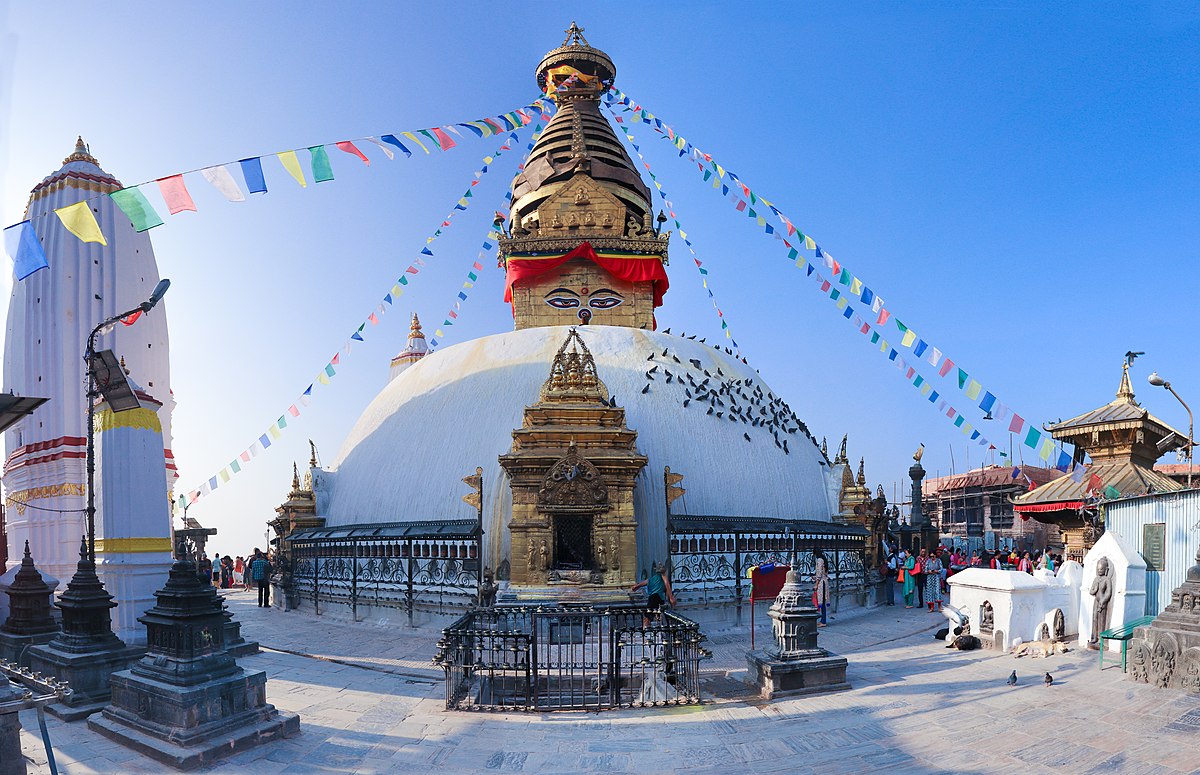

नेपाल सरकार
संस्कृति, पर्यटन तथा नागरिक उड्डयन मन्त्रालय
सिंहदरवार, काठमाण्डौ
[ The stupa is on the ancient trade route from Tibet which enters the Kathmandu Valley by the village of Sankhu in the northeast corner and continues to the ancient and smaller stupa of Cha-bahi named Charumati Stupa (often called Little Boudhanath). It then turns directly south, heading over the Bagmati River to Lalitpur, bypassing the main city of Kathmandu (which was built later). Tibetan merchants have rested and offered prayers at Boudha Stupa for many centuries. When refugees entered Nepal from Tibet in the 1950s, many decided to live around Boudhanath. The stupa is said to entomb the remains of Kassapa Buddha. ]
History
The first stupa at Boudhanath was built sometime after AD 600, when the Tibetan king, Songtsen Gampo, converted to Buddhism. In terms of grace and purity of line, no other stupa in Nepal comes close to Boudhanath. From its whitewashed dome to its gilded tower painted with the all-seeing eyes of the Buddha, the monument is perfectly proportioned. Join the Tibetan pilgrims on their morning and evening koras (circumambulations) for the best atmosphere.
The Gopalraja bansawali says Boudhanath was founded by
the Nepalese Licchavi king Śivadeva (c. 590–604 CE) though other Nepalese
chronicles date it to the reign of King Manadeva (464–505 CE). Tibetan sources
claim a mound on the site was excavated in the late 15th or early 16th century
and the bones of King Aṃshuvarma 605–621 were discovered there. The earliest historical references to the Khaasti Chaitya
are found in the Chronicles of the Newars. Firstly, Khaasti is mentioned as one
of the four stupas found by the Licchavi king Vrisadeva (ca.AD 400) or
Vikramjit. Secondly, the Newars legend of the stupa's origin attributes it to
king Dharmadeva's son, Manadeva as atonement for his unwitting parricide
Manadeva was the great Licchavi king, military conqueror and the patron of the
arts who reigned ca.AD 464–505. Manadeva is also linked with the Swayambhu
Chaitya of Gum Bahal. Thirdly, another great Licchhavi king Shivadeva (AD
590–604) is associated with Boudha by an inscription; he may have restored the
chaitya. According to the history of Nepal, the palace of King Vikramjit
(Licchavi King) once stood where the Naranhiti Palace currently stands. King
Vikramjit instructed that a Hiti should be built in the southern part of palace
courtyard, but there was no sign of water from the Hiti, for which the king
consulted Astrologers. Astrologers suggested that a sacrifice with a male candidate
having swee-nita lachhyan, or thirty-two perfections should be performed. Only
the king himself and his two princes were suitable candidates. So, the king
decided to sacrifice himself and ordered one of his sons to sacrifice him so
that sign of water could be seen at the Hiti. The king told his son that a man
will be sleeping by covering his face and body, and to sacrifice him without
looking at his face. After the son did so, he realised he had killed his own
father. With regret and guilty he consulted with priests for way to salvation.
The priests suggested him to fly a ‘bwo-khaa a flying hen from the top of
Mhaasu Khwaa Maju. The hen landed in the place where the chaitya is currently
standing.
Street Map

The legacy of Bouddhanath Stupa through its attractions
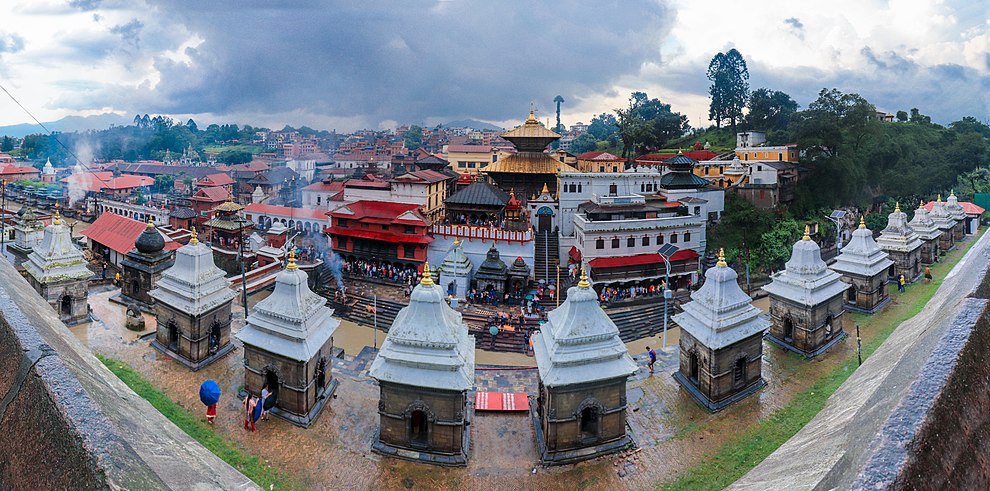
Pashupatinath Temple
The Pashupatinath Temple is a famous and sacred Hindu temple that is located on the banks of the Bagmati River, approximately 5 km north-east of Kathmandu in the eastern part of Kathmandu Valley, the capital of Nepal. The temple serves as the seat of Pashupatinath. This temple was inscribed on the UNESCO World Heritage Sites's list in 1979.This extensive Hindu temple precinct is a sprawling collection of temples, ashrams, images and inscriptions raised over the centuries along the banks of the sacred Bagmati river and is included as one of the seven monument groups in UNESCO's designation of Kathmandu Valley.

Bajrayogini, Sankhu
Bajrayogini Temple is a Tantrik temple located at Sankhu in Nepal's Kathmandu Valley. It is also well known as Bodhisattva's Temple. The Bajrayogini Temple is situated roughly 20 kilometres northeast of Kathmandu. The area where it is located is often referred to as Gunbaha, which can be roughly translated from Newari as ‘recreational forest place’. The main temple is a three-story high building, which was obviously carefully constructed with the utmost attention to detail. You will likely find a statue of the goddess Bajrayogini in this temple which will feature a red face with three eyes as well as hands, which have the thumb and middle finger carefully, decorated. Ornaments surround her statue. . The attraction here is not only the various temples but also the many other interesting temples and caves which surrounding it – some of which are considered to be older than the temple itself.

Kathmandu Durbar Square
Kathmandu Durbar Square in front of the old royal palace of the former Kathmandu Kingdom is one of three Durbar Squares in the Kathmandu Valley in Nepal, all of which are UNESCO World Heritage Sites. Several buildings in the Square collapsed due to a major earthquake on 25 April 2015. Address: Digha Pahleza J P Setu Rd, Kathmandu 44600 Departments: Durbar Square Tea Cafe You visited in January Hours: Open 24 hours • More hours Phone: 01-4268969

Patan Durbar Square
Patan Durbar Square is situated at the centre of the city of Lalitpur in Nepal. It is one of the three Durbar Squares in the Kathmandu Valley, all of which are UNESCO World Heritage Sites. One of its attraction is the ancient royal palace where the Malla Kings of Lalitpur resided. Address: Lalitpur 44700 Hours: Open 24 hours Phone: 01-5521411
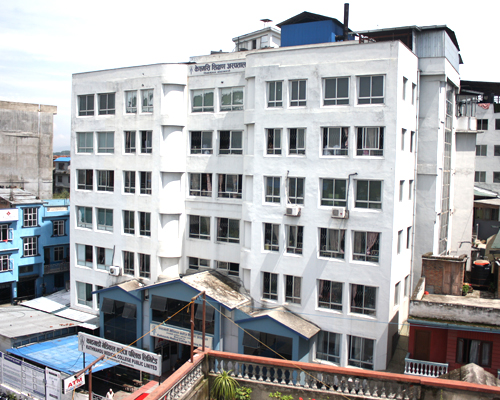
Kathmandu Medical College
Kathmandu Medical College nepal Kathmandu Medical College nepal can be reach here easily.

Nepal Tourism Board, NTB
Nepal Tourism Board is a national tourism organization of Nepal established in 1998 by an Act of Parliament in the form of partnership between the Government of Nepal and private sector tourism industry to develop and market Nepal as an attractive tourist destination. The Board provides platform for vision-drawn leadership for Nepal’s tourism sector by integrating Government commitment with the dynamism of private sector. Nepal Tourism Board Bhrikutimandap, Kathmandu P.O. Box: 11018 Tel: +977 1 4256909 Fax: +977 1 4256910 E-mail: info@ntb.org.np Information Officer Mani Raj Lamichhane Tel: +977 1 4256909

Ministy of Culture,Tourism & civil Aviation- MOCTCA
Contact Singhadurbar, Kathmandu, Nepal Phone: +977-1-4211669, 4211846 Fax: 01 4211992 Email: info@tourism.gov.np, it@tourism.gov.np , The Ministry of Culture, Tourism and Civil Aviation (MOCTCA) is responsible for policy, planning, permits, regulations and overall supervision of the tourism industry in Nepal.
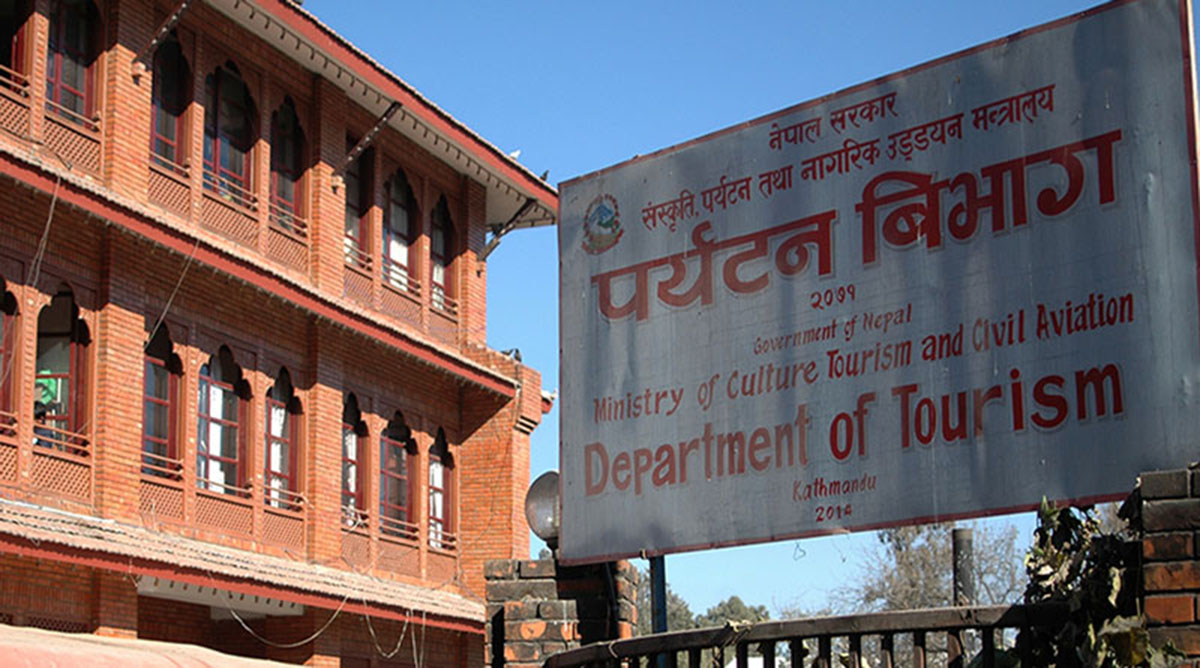
Department of Tourism - DOT
Department of Tourism is located at Bhirkutimandap, Kathmandu Nepa. DOT is responsible to provide a permit to the Mountain Expedition Team. Overall monitoring and Evaluation of the Mountaineering, Hotel, and Casino is done through DOT.

Kathmandu Fun Park
Good place for kids. It has basic level of rides and various places for kids to sit, eat and enjoy. However, there is a new fun park opening up soon near the Bagmati river bridge.

Bir Hospital
Bir Hospital is the oldest and one of the busiest hospitals in Nepal. It is located at the center of Kathmandu city. The hospital is run by the National Academy of Medical Sciences, a government agency since 2003. The hospital provides medical and surgical treatments. It current has a capacity of 535 beds.
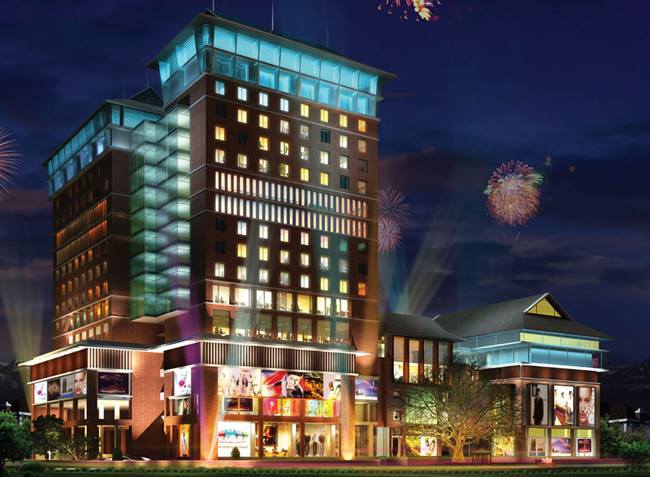
QFX CHHAYA CENTER, THAMEL
क्युएफएक्स सिनेमाज् (QFX Cinemas Chhaya Center) QFX CHHAYA CENTER is located at Chhaya Center, Thamel, Kathmandu. For the movie enthusiasts of Thamel area this is the nearest theater option for watching movies specially for the foreigners residing in Thamel. ठेगाना: P887+47H Chhaya Center, काठमाडौँ 44600 फोन: 01-5522566

Department of Immigration
Address: Kalika Marg, Kathmandu 44600 Hours: Closed ⋅ Opens 10:30AM Tue Phone: 01-4429659 The Department of Immigration (DOI) is the principal authority to execute and implement the immigration laws of Nepal. Established under the Ministry of Home Affairs (Government of Nepal), it is assigned with responsibility of monitoring, controlling and regulating entry, exit and stay of foreign nationals in Nepal. Furthermore, it shoulders obligation of managing entry and exit (Arrival and Departure) of Nepali citizens to and from Nepal. To assist the state security system through the immigration regulation process. To establish the management as a center of excellence and to provide services in a fair and effective manner. Establish a transparent and effective system to guarantee the highest satisfaction to the service recipients as well as create paperless immigration.

CLUB FAHRENHEIT
Club Fahrenheit is a place for party lovers located in the center of the city Thamel(main tourist hub of Nepal). Experimentally the HOUSE, HIP-HOP, DEEP HOUSE RNB, COMMERCIALS and techno for event schedule which is open whole night. Ala Carte menu on the tables gives you more wide varieties of food and drinks for your comprehensive choices on the aesthetic menu folder. The lighting is cool along with a fog machine and a stage for the live DJ. OPENING HOUR: Opens every day from 06:00 PM to 04:00 AM Contact: 980-1233355

Pashupatinath Temple
The Pashupatinath Temple is a famous and sacred Hindu temple that is located on the banks of the Bagmati River, approximately 5 km north-east of Kathmandu in the eastern part of Kathmandu Valley, the capital of Nepal. The temple serves as the seat of Pashupatinath. This temple was inscribed on the UNESCO World Heritage Sites's list in 1979.This extensive Hindu temple precinct is a sprawling collection of temples, ashrams, images and inscriptions raised over the centuries along the banks of the sacred Bagmati river and is included as one of the seven monument groups in UNESCO's designation of Kathmandu Valley.
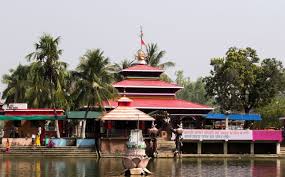
Chhinnamasta Bhagwati
Chhinnamasta Bhagwati falls in Sakhada village of Chhinnamasta in the southern border area from Rajbiraj of Saptari district. As ChhinnamastaBhagwati is considered to be one of the Shakti Peeths fulfilling their desires, the common people of Nepal and India have great faith. This temple is located at a distance of 10 km from Saptari headquarters Rajbiraj. This temple is near the Indian border. In this temple, the great festival of Hindus, Dashain, is celebrated with great fervor and goats are sacrificed here. Most of the Hindus have come here to buy small and big vehicles to purify themselves. In 1328, GayasuddinTughlaq attacked Tirhut. As a result, Simrongarhwas destroyed. Even the idols of Simraugadh are still in a state of disrepair. Historian Harikant Lal Das estimates that the idol of SakhadaBhagwati also exploded in the same attack.

Seven Star International Travel and Tour -bagbazar
&star Theme:- हाम्रो मुख्य उद्देश्य भनेको यात्रुहरुको हवाइ यात्रालाई सरल र सुविधाजनक बनाउनु हो । CALL : 9851101955 Seven Star International Travel And Tours - Best Travel Agency Mobile (viber) : +977 9851101955 / 9851177718 / 9851100128 Address: BalaMarga, Bagbazar-28, Kathmandu 44600, Kathmandu 4460

ClUB DÉJÀ VU
Deja VU also the newest and latest club located in Durbarmarg very near to Thamel with more than 20000sq.ft space and club are regarded as one of the best night clubs of Kathmandu. The word déjà vu itself defines the situations. They have cool Djs and a flexible menu for food and beverage. Finding a place to have fun in the crowd? Well, go for club déjà vu. The club has two levels of the dance floor with two separate exclusive VIPs room and Lounge seating. P879+8VP, Kathmandu 44600, Nepal ENTRY FEE : OPENING HOUR: Opens every day from 06:00 PM to 04:00 AM CAPACITY: 2500 Contact :01-4440744 P879+8VP, काठमाडौँ 44600
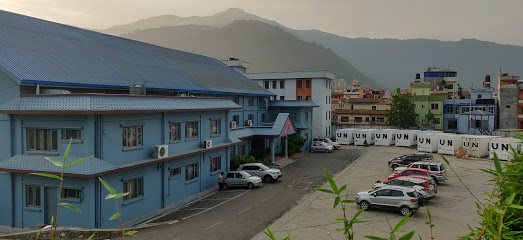
Armed Police Force
Address: Headquarter, Kathmandu 44600 Phone: 01-4270553 The Armed Police Force of Nepal is a paramilitary land force tasked with counter-insurgency operations in Nepal. It functions as a semi-military wing, and occupies a sort of dual role as both military and law enforcement. Service is voluntary and the minimum age for enlistment is 18 years.

Bhaktapur Durbar Square
The Bhaktapur Palace area is an important site not only from a historical point of view but also for ancient cultural crafts and handicrafts. In this region inhabited by Malla kings in ancient times, there is a huge and unique collection of ancient and historical artefacts like Pachpannajyale Darwar, Bhupatindra Malla's statue, Bhagwati temple, Bhairavnath temple, big bell, Tulja Bhavani'sTaleju temple, Golden Gate etc.
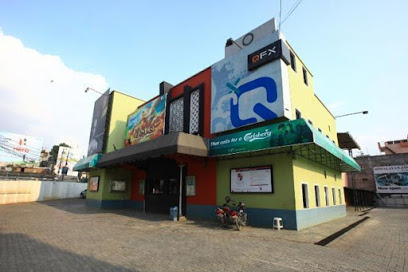
Jai Nepal Cinema Hall
It's an inexpensive single screen movie thetre. Everything's okay, but there's restroom inside only and when if you wanna go after the movie you gotta come out the theater and again enter inside. That sucks!!
प्रयोगकर्ताको प्रतिक्रिया र टिप्पणी
This is such a great place to visit
Bouddhanath Stupa is best place I have ever visit
Anonymous(0,0)


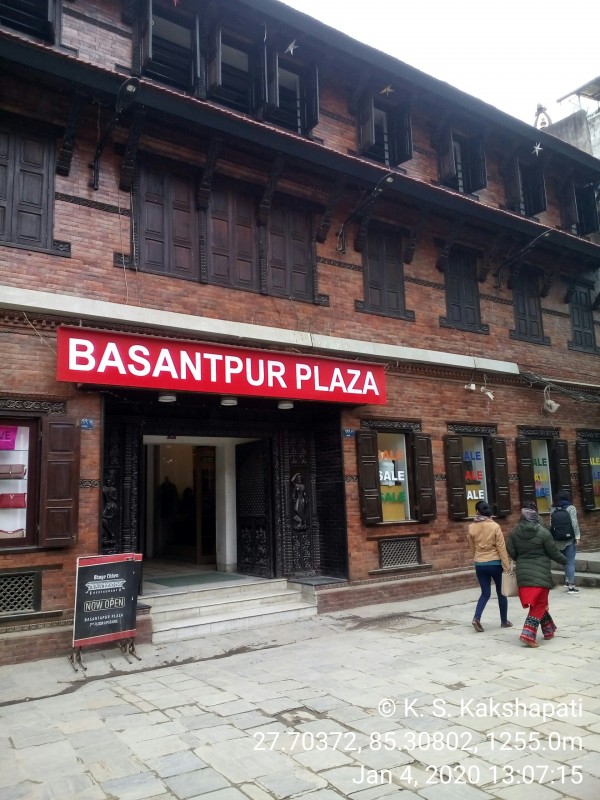

_Mall_919.jpg)

